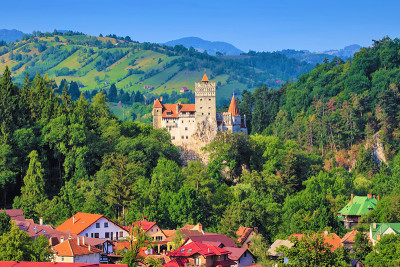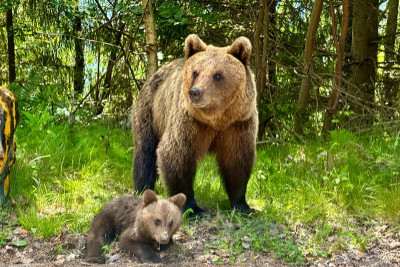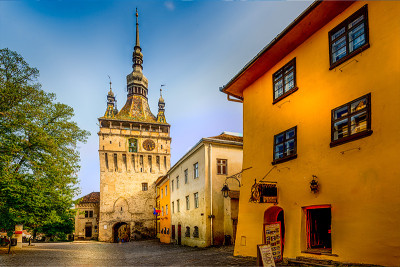If you are planning a trip to Romania soon, it could be a good idea to plan to visit during a holiday. This, of course, will depend on the type of trip that you are planning. If you are hoping to join in on the holiday fun, then it would be great to plan to be here in Romania during a holiday. If, however, you just want to visit museums and other sites, then it will perhaps be better to plan to not be in Romania during a holiday, because museums and restaurants and shops will likely be closed or will close early.
January
The obvious is that January starts off with New Year’s Day! New Year’s is celebrated in Romania much like it is in many Western countries. In Romania, though, New Year’s is sometimes called “little Christmas.” At New Year’s parades, a plough is paraded through the streets as a symbolization of good crops to come in the following year.
After New Year’s, there are two more big holidays. On January 6th, there is the Epiphany. In Eastern Christianity, the Epiphany celebrates the day that Jesus was baptized in the Jordan River by John the Baptist. Really, the celebration begins the day before as the priests bless the waters to hand out at church the following day. Parishioners take a small bottle of water home and use it to bless their homes, possessions, and animals. People also drink the water every morning for the proceeding nine days.
The following day is January 7th: Saint John’s Day. This day celebrates Saint John the Baptist and can be seen as a continuation of the celebration of the Epiphany. There are many superstitions that go along with both the Epiphany and Saint John’s Day. Saint John in the patron saint of infants, so many of the superstitions have to do with women get married or having babies. On this day, pregnant women are supposed to pray for their babies and women who want to become mothers are also encouraged to pray for a healthy pregnancy.
There is yet another big holiday in January: Unification Day, which is celebrated on the 24th of the month. Unification Day is called “Ziua Unirii” and is also known as “Little Union Day” (because there is another union day celebrated in December, which you can ready about below). This Unification Day celebrations the unification of the Romanian principalities in 1859.
February
There are two love-related holidays in February: Valentine’s Day and Dragobete. Valentine’s Day is celebrated on February 14th and is celebrated similarly as to how it is in many Western countries. On February 24th is Dragobete. Dragobete is the traditional Romanian love holiday, while Valentine’s Day is much newer.
Dragobete is known as “the day when the birds are betrothed” because it is around this time that the birds begin to gather twigs for their nests and start to mate. In the countryside, boys and girls will go into the woods to pick flowers and when they come back, if the boy likes the girl he will try to kiss her. There is a Romanian saying that is “Dragobete kisses the girls.”
March
The first of March is when Martisor is celebrated. Martisor is translated as “little March” and is the celebration of the first day of spring.
April/May
Easter is a floating holiday, but normally happens sometime in late April or early May. There are a lot of traditions that come along with Easter, including a couple other holidays and holy days: Good Friday, lent, and Holy Week.
Also in May are Labor Day, Father’s Day, and Mother’s Day.
June
June 1st is International Children’s Day, which is a National Holiday in Romania.
Orthodox Pentecost Sunday is celebrated seven weeks after Easter. Normally, this occurs in June. This day is also sometimes called “Kneeling Sunday” because it is traditional not to kneel during church services from Easter until Pentecost Sunday.
August
August 15th is Saint Mary’s Day, which is a National Holiday, and sometimes people are given an extra day off, depending on the day of the week the holiday falls. Saint Mary’s Day is also known as the Assumption of Mary and is the day that Jesus’s mother, the Blessed Virgin, was assumed into heaven.
October
Halloween is celebrated on October 31st in some parts of the country. Halloween is particular popular in Transylvania, where Count Dracula supposedly lived.
November
The Feast of Saint Andrew’s, or Saint Andrew’s Day, is celebrated on November 30th. Saint Andrew is the patron saint of Romania and of the Romanian Orthodox Church.
December
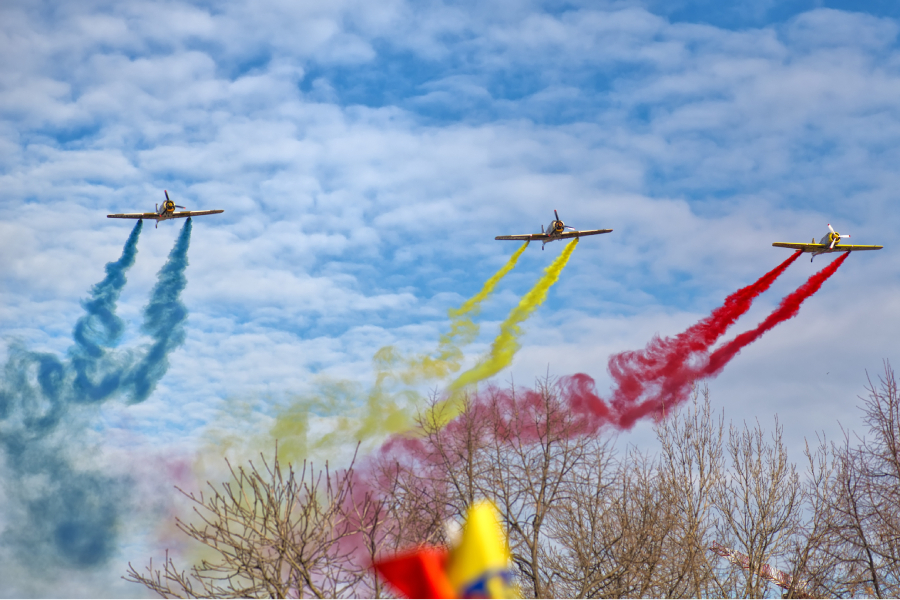
After Saint Andrew’s Day is the Great Union Day, a national holiday in Romania. This is the celebration of the unification of Transylvania, Bessarabia, and Bukovina with the Romanian Kingdom. This happened on December 1, 1918. The country celebrates with free concerts and parades in every city, along with traditional dishes. It is a day of celebration and parties, with TV specials on air and fireworks at night.
Next is Saint Nicholas Day, on December 6th. Saint Nicholas is considered to be the “true” Santa and he is the patron saint of children. On this day, or the night before, children are given gifts, normally inside laced up boots. Children are often given sweets or books, but if they have been naughty that year, they are given wooden sticks.
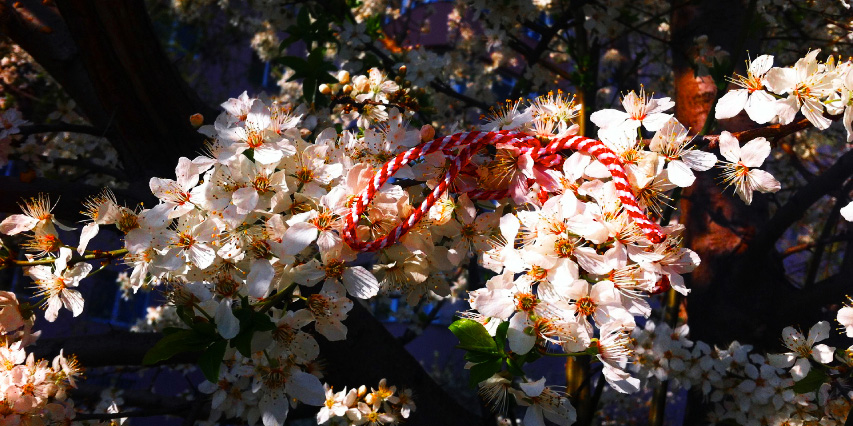
 ES
ES
 IT
IT
 DE
DE
 FR
FR
